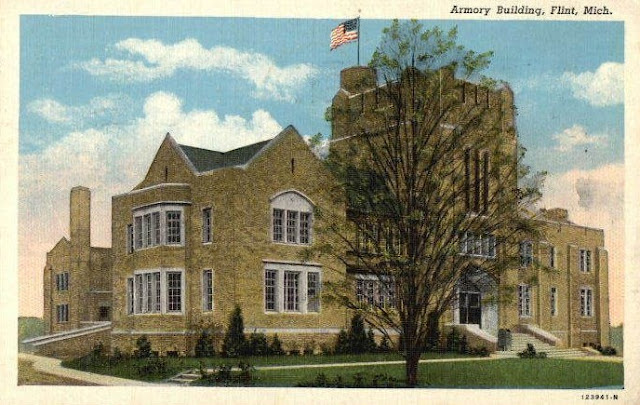| This photo labeled as Buick City in the Buick Research Gallery archives is actually from the 60's when it was just Buick Motor Division. When you enlarge this photo taken from the roof of the Flint National Guard Armory roof on Lewis Street (at the time of this photo) which before the change to Lewis street, was originally Richfield road, and is now Chavez Drive. This view (facing north-west) shows the Buick plant in the distance. Many people call "any part" of Buick by the name final assembly adopted in 1984, which was "Buick City", which in turn was borrowed from the Japanese factory "Toyota City". The only part of the north Flint plant known as Buick City was south of Leith Street bordered by North Street, Hamilton Avenue and James P. Cole blvd. Everything north of Leith Street was Buick Powertrain Flint North. |

























.JPG)



























